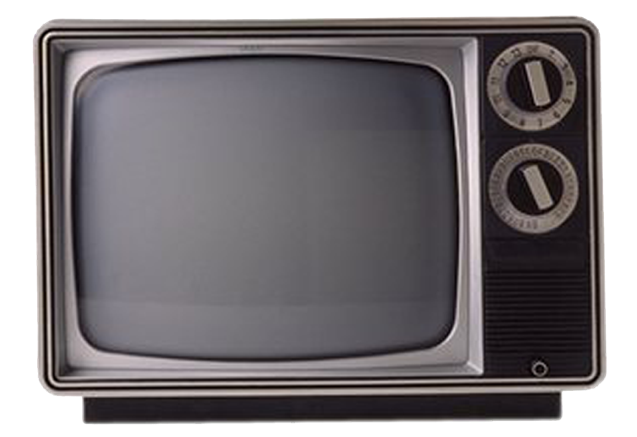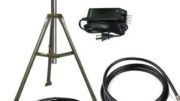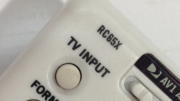The best information I have says that pay-TV subscribers spent $107 per month on television last year. That is over $1,200 per year. My first reaction, as an AT&T dealer, should be to be happy. After all, customers who spend more drive more profits. But overall satisfaction with traditional pay-TV is down. While AT&T’s DIRECTV remains a shining star driving overall satisfaction and minimizing customer losses, overall people are only slightly more satisfied with pay-TV costs than they are with root canals.
We’ve also found in the last year that live TV streaming isn’t necessarily cheaper. In fact, streaming in general isn’t necessarily cheaper than satellite. There are so many services, and live TV streaming services tend to be among the more expensive. This is a source of frustration for many people who just want to watch the most popular live TV shows.
Don’t blame pay-TV companies. Really.
A company like AT&T supplies thousands of channels across the country, including local ones. While there are a few really national players who own many stations, you’re still talking about AT&T’s lawyers negotiating well over 1,000 individual contracts with different companies. Each one of those contracts is money out the door… there aren’t a lot of companies that will let their content go for free.
It’s been estimated that well over 75% of your pay-TV bill goes straight out the door in the form of payments to content providers. Almost 100% of the yearly increase in most satellite and cable bills is due to increased content costs.
The biggest offender here is what I call “the Disney Industrial Complex.” I’m talking about ABC stations owned by Disney, plus ESPN, Fox local channels, national Fox networks, all the Disney Channels, etc. It’s been estimated that up to 35% of your pay-TV bill may go straight to Disney every month. That’s impressive for them but it’s not going to help you control costs.
Streaming is affected, too.
It seems like every year there are more streaming services and many of them raise prices. Netflix just finished an across-the-board price increase, for example. Disney is now the controlling owner in Hulu and you’ll bet they’ll raise prices too. Those streaming providers, DIRECTV NOW and Sling included, also license content from other sources and everyone wants a bigger and bigger piece of the puzzle.
Don’t forget station owners who are stuck in the past.
Aside from the massive amount of money that Disney gets from you every month, the biggest culprits are these individual station owners determined to drive profits like it’s 1999. Back in the 20th century, live TV was “where it’s at” and there was no competition. These station owners are still trying to drive profits at their local stations. Hey, more power to them. But, they tend to cause problems when the pay-TV lawyers come to them with a fair contract and they think they can get the 50% year-over-year increases they got in contracts from 20 years ago. Eventually, a compromise is reached but it takes time and lawyers cost money too.
Hey, aren’t local channels free or something?
That’s a great question. If you put up an antenna to get your local channels, they come in to you for free. However, when it comes to pay-TV companies, they get a choice. A local station can either demand they be carried and get nothing, or give up their right to mandatory carriage and negotiate a fair price. Most TV stations are willing to waive their right to “must-carry” (as it used to be called) and try to get paid for their content. This is especially true since most pay-TV companies put their own commercials in over local station owner ones.
Will it ever stop?
Eventually this ongoing spiral of content costs has to stop. Cord-cutters got a little break by moving away from pay-TV, but they’re finding their costs go up too. Although overall pay-TV numbers are still shrinking, I wouldn’t be surprised to see people returning to pay TV. It’s a better, more valuable option especially if cord-cutting costs almost the same amount.




